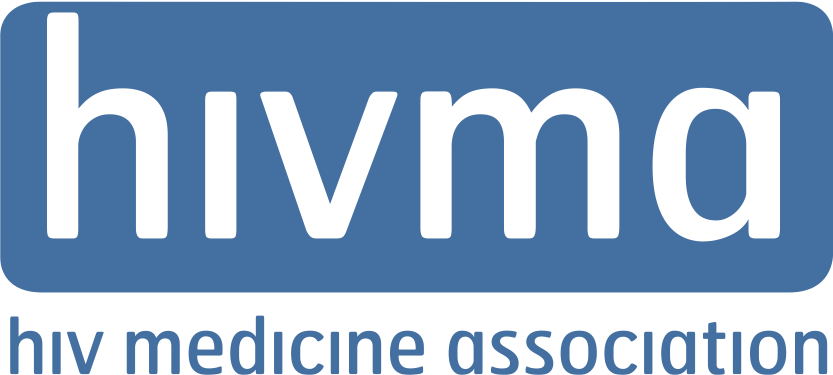President Proposes Investments in Public Health and in Ending the HIV Epidemic in First Budget Request
President Biden’s budget request for fiscal year 2022 signals a commitment to global leadership, public health and biomedical research. The proposal’s historic 23% increase in funding for the U.S. Department of Health and Human Services, including important new funding for the National Institutes of Health, the Ending the HIV Epidemic initiative, the Ryan White HIV/AIDS program and for responding to infections linked to drug use represents a meaningful response to some of the most critical public health challenges facing our country.
While the president proposes a significant investment in global health programs, however, the proposal would level-fund the U.S. President’s Emergency Plan for AIDS Relief — at a time when challenges to ending the HIV pandemic have multiplied amidst a new pandemic.
HIVMA urges Congress to build on the president’s proposals and ensure domestic and global public health and HIV programs are funded at levels necessary to end HIV as an epidemic and prevent future pandemics. Please also see IDSA’s response to the President’s Budget.
The president requested the following for HIV-related programs:
- $51.9 billion for the National Institutes of Health, a $9 billion increase.
- $670 million across HHS to continue efforts toward the federal Ending the HIV Epidemic initiative to implement effective prevention, diagnosis and treatment strategies, including:
- $275 million for CDC’s EHE Division of HIV/AIDS Prevention, a $100 million increase;
- $152.3 million for HRSA’s EHE Community Health Centers, a $50 million increase;
- $190 million for HRSA’s Ryan White EHE program, an $85 million increase;
- $27 million for EHE Indian Health Services, a $22 million increase.
- $2.555 billion for the Ryan White HIV/AIDS Program, including:
- $665.9 million for Part A, a $10 million increase;
- $444.7 million for Part B: Care, a $30 million increase;
- $900.3 million for Part B: ADAP, level funding;
- $207.1 million for Part C, a $6 million increase;
- $75.1 million for Part D, level funding;
- $33.6 million for Part F: AIDS Education and Training Centers, level funding;
- $13.1 million for Part F: Dental, level funding;
- $25 million for Part F: SPNS, level funding.
- $1.421 billion for CDC’s Divisions for Viral Hepatitis, STI Prevention, and TB Elimination, including:
- $1.065 billion for HIV prevention, a $100 million increase for the EHE initiative;
- $39.5 million for viral hepatitis, level funding;
- $161.8 million for STD prevention, level funding;
- $135 million for TB elimination, level funding;
- $19.5 million for opioid related infectious diseases, a $6.5 million increase.
- $450 million for Housing Opportunities for People with HIV (HOPWA), a $20 million increase.

